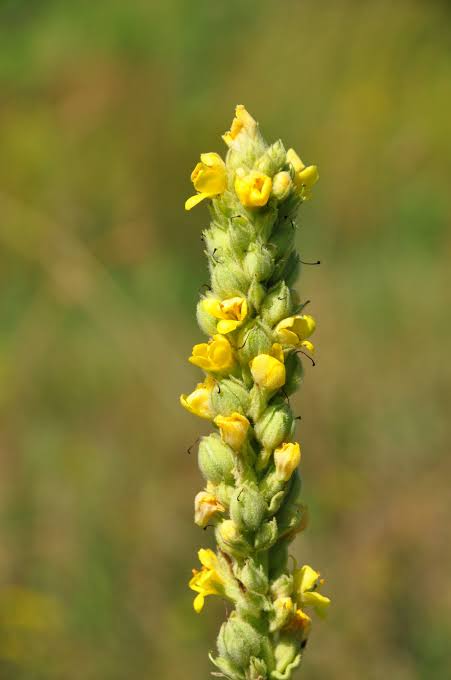With multiple active ingredients that feature antioxidant, anti-inflammatory and antihypertensive properties, the healing potential of mullein leaf is genuine but thus far, scant research supports its use for any medical condition.
Learn what mullein leaf is, its various uses and how it can be taken (such as mullein tea), plus what side effects to look out for.
What is mullein?
Mullein is the name for any of the over three hundred species of the genus Verbascum, which are large biennial or perennial herbs native to northern temperate regions, especially eastern Eurasia.
Common mullein (Verbascum thapsus) grows up to seven feet tall and features a single stem with large, thick, velvety leaves and pale-yellow, slightly irregular flowers. This is the type that you will most commonly find in stores.
Other names for mullein include Aaron’s Rod, Adam’s Flannel, American mullein, orange mullein and rag paper.
Mullein leaf can be used to make a nourishing tea that’s been used in folk medicine. You can buy mullein leaf tea at your local grocery or health store, or you can make your own at home.
Drinking tea from this yellow flowered plant may help to relieve issues like sore throat, cough, colds, hoarseness and bronchitis. Some even use it to ease digestive complains like diarrhea. To make the tea, the leaves are simply simmered in boiling water and then strained.
Research on the plant shows that it contains flavonoids, saponins, tannins, terpenoids, glycosides, carbohydrates, proteins, fats and oils.
It also contains approximately 3 percent mucilage, which is thought to be responsible for the soothing actions that the herb has on the body’s mucous membranes. Mullein’s saponins are believed to be the explanation for the herb’s expectorant actions.




